In 1797 Horatio Nelson captured the San Jose one of the leading ships of the Spanish Fleet. Fifteen ships had been up against twenty-two Spanish ships. Superior British gunnery and audacious tactics led to a fine victory. Nelson was knighted and his commander ennobled.
The San Jose, a fine ship built in 1783, was towed back to England with three other ships. The San Jose was renamed San Josef, mounted with 114 guns and became a Royal Naval Flagship. By 1849 she had lived a long life for a first-rate warship. Worn out, leaking and facing the age of steam power she was finally condemned and broken up at Devonport dockyard.
Meanwhile in West Looe the town had only warranted a chapel-of ease named after the patron saint of sailors St Nicholas. Although hundreds of years old it had ceased to be used for worship after the Reformation. In the words of an 1852 Royal Cornwall Gazette report:” frightfully desecrated, being used as a town hall a room for banquets, dances, and revelry of every description, a theatre for strolling players, and occasionally, of late years, as a conventicle”.
The fortunes of the town revived in the mid19th century with the transport of minerals from East Cornwall and amid a flurry of civic improvements St Nicholas became a place of worship again. However, it was very small and an extension was required.
An army man, Captain Cocks was a well-connected man having ties to the Bullers of Morval and Pole Carews of Anthony. Cocks was a talented amateur architect and early adopter of photography. He took it upon himself to design and build the extension to St Nicholas church. It is thought that whilst wondering around Devonport dockyard carrying out his hobby of photography, he spotted some timbers. These were timbers reclaimed from the San Josef. He obtained them and these curvaceous timber ribs joining the chancel to the nave can be seen today as visitors and worshipers look up at the ceiling.
I first learned of this story when I read a book review in the Sunday Times earlier this year. “The Ship Asunder” by Tom Nancollas. The book was highly praised and mentioned that the author had Cornish heritage. I was intrigued as I had attended Liskeard Grammar School in the late sixties and in the year below me was a clever young man called Chris Nancollas. I know he went off and qualified as doctor. When I noticed that Tom Nancollas was appearing at the Penzance Literary Festival in July I immediately booked tickets for my wife and myself.
His talk did not disappoint and he was modest, witty and engaging. I queued to get him to sign the book that I had purchased and asked him “Was your father a doctor and did he attend Liskeard Grammar School?” The answer to both questions was yes. He told me that he had spent many happy holidays in Looe as a child with his grandparents. His grandfather was an auctioneer and had sold Looe Island to two sisters and his grandma had played the organ at St Nicholas Church. Tom’s father has retired now and lives in the Forest of Dean.
“The Ship Asunder” by Tom Nancollas published by Particular Books.
I would recommend this book as highly as the Sunday Time and Telegraph. The author goes in search of eleven relics that together tell the story of Britain at Sea. Each relic; anchor, mast, hull etc. has a chapter that tells its own story.
By the same author “Seashaken Houses,” the story of British Lighthouses.
Two years after the work at St Nicholas was finished Captain Cocks sailed to the Crimea. He fought with distinction at the siege of Sebastopol. Upon returning home a lieutenant colonel, Cocks built a house for himself between St Neot and Two Waters Foot and called it Treverbyn Vean. It was designed in the Gothic revival style by the distinguished architect George Gilbert Scott (Midland Grand Hotel at St Pancras). Henry Rice from Liskeard assisted Scott in this project. Treverbyn Vean remains a private home, although ancillary buildings are available to rent.
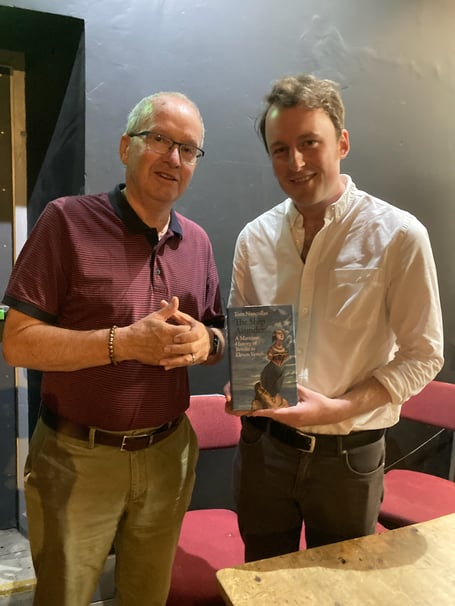
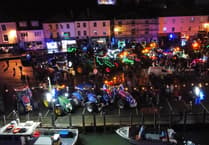
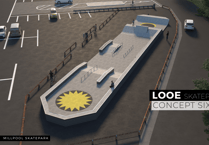
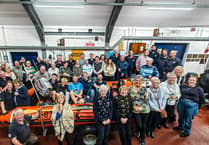
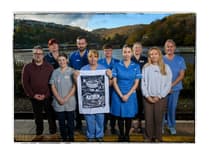
Comments
This article has no comments yet. Be the first to leave a comment.